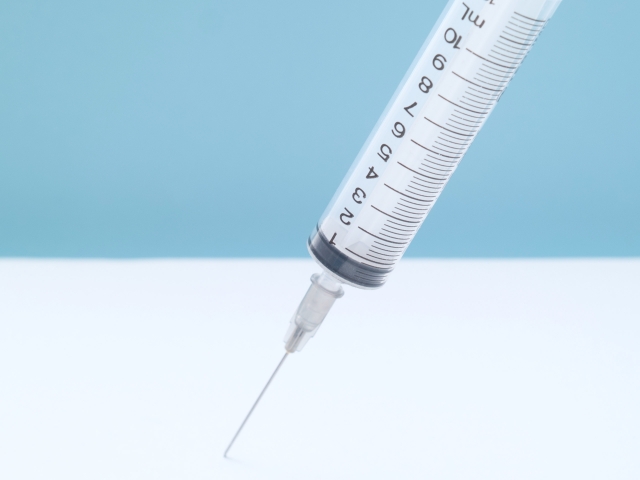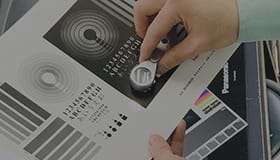Product overview
PPX ink is one pack type, evaporation drying type screen ink which shows adhesion to the untreated or treated Polyolefin materials(PP, etc.).
- Solvent type ink

Application
- Clear file folder, Corrugated Plastic
-
Automobile, Motorcycle
-
Home Appliance (IoT)
-
Smartphone, Tablet, Smart watch
-
Sensor
-
Game
-
Others
Features, Function
- Adhesion to untreated Polyolefin materials
- Oil and alcohol resistances
Substrate
- Polyolefin-type materials(Untreated Polypropylene, Treated Polyethylene)
- PP
- PE
Dilution
- F-001 SOLVENT(fast) F-002 SOLVENT(standard) F-003 SOLVENT(slow) F-004 SOLVENT(extra slow)
- Dilution: 20%
- *Defoamer may separate over time. Stir 5 min or more with propeller type mixer before every use.
- *Do not use other solvents as they may adversely affect curing, adhesion, stencil stability, or other properties.
Promoter
- SM-40 DEFOAMER 2% (For anti-foam and improvement in leveling)
Recommended cleaner
- Screen Cleaner L2 or F-002 SOLVENT
Mesh
- T 250 to 300 mesh
Drying
- 60℃ 30 min
- 80℃ 30 min (to improve resistance)
- *If the substrate is untreated Polypropylene, leave it for at least 24 hrs. after heat dry to obtain cellophane tape adhesion.
Standard colors
-
000 MEDIUM
-
121 SCARLET
-
163 RED
-
221 YELLOW
-
391 BLUE
-
611 WHITE
-
797 GREEN
-
821 VIOLET
-
911 BLACK
Caution
- Quality of PP and PE films may differ depending on manufacturers or mfg. lots. Please confirm adhesion well before printing.
- Do not use PPX ink for outdoor application as it does not provide weather resistance.
- Checking before production: Adhesion and resistance properties may change due to differences in substrates, processes, printing and drying conditions. Be sure to check the adhesiveness and resistance properties before mass production printing.
- Ink shelf life: 24 months from production date, unopened.
Safety
- UN No.: Not classified in the definition
- UN Classification: Not classified in the definition
Handling
- Use safety gloves and eyeglasses to protect skin and eyes. If the ink comes in contact with skin, wash with soap and plenty of water (or lukewarm water) and consult with a doctor.
- Containers should be closed tightly after use and stored in a cool and dark place.
- SDS is available upon request. Please request a copy and read it carefully before handling the products.
Resistance
| Test item | Test Conditions | Test results |
|---|---|---|
| Adhesion | JIS K 5600-5-6:ISO2409(cross-cut), 1mm interval 6×6, cellophane tape andpeel | 0(no peel) |
| Pencil Hardness | JIS K 5600-5-4:ISO 15184(pencil),Weight 750g, Hardness of the pencil which does not make scar. | HB |
| Heat | 80℃ 240 hrs., check appearance and peel off from the substrate. | No defect |
| Hot Water | JIS K5600-6-2, Soak 24 hrs. in 60℃ hot water, check appearance and peel off from the substrate | No defect |
| Humidity and cool-heat cycling test | JIS K 5600-7-4 80℃(4H) ~20℃(2H)~-30℃(4H)~20℃(2H) 10 cycles, check appearance and peel off from the substrate. | No defect |
| Cold | -30℃ 240 hrs., check appearance and peel off from the substrate. | No defect |
| Water | Soak 72hrs in tap water, check appearance and peel off from the substrate. | No defect |
| Acid | 5 hrs. in 5% H2SO4, check appearance | No defect |
| Alkaline | 5 hrs. in 5% NaOH, check apperance | No defect |
Test Condition
- Test condition 【PPX-911 BLACK】 【Z-703 SOLVENT 20%】 【80℃ 30 min】 【T 250】 【Substrate: Untreated PP】
- Above test was conducted after leaving above printed materials for 24 hours at a room temperature.
- Above resistance test results are measured results in our laboratory and they are not guaranteed values.
- Information contained in this catalog may change without prior notice.
FAQ
-
What is screen printing?
-
Screen printing is a type of stencil printing which uses a technique of duplicating the image from a design made on mesh stencils.
When printing ink goes through the mesh, it transfers the image onto the substrate material. Other than air and water, any substrate materials are printable. Not only flat surfaces, but also curved, specially shaped, and molded products are suitable for screen printing.
-
When over-printed with a black ink, we often have pinholes. How can we eliminate the pinholes?
-
See the list below for causes of pinholes:
1. The first layer is too thin (less than 5 µ)
2. Too much dilution of the ink (more than 20%)
3. Too much squeegee pressure
4. Under layer is pale colored, such as a medium based color
5. Any combination of these causes -
What are the standard drying conditions?
-
In multi-color printing, primary drying would be done after each color is printed. After the final color is printed, the final drying should be done according to the conditions listed in the catalog. If the color printed ink is a “two-pot” ink the final drying should be done after the printing of the Binder.
-
Why there is “Primary” drying and “Final” drying?
-
Residual solvent at the time of injection may cause ink flow and insufficient adhesion. To prevent these malfunctions, residual solvent must be evaporated through a “Final” drying process.
-
When we extended the primary drying time, pinholes and cracks resulted. How can we eliminate them?
-
With one-pot inks, if the primary drying time is too long, the solvent of second ink penetrates the first color layer and makes pinholes.
With two-pot inks, if the primary drying time is too long, a curing process occurs. Thus when the second color is printed, the first color ink layer wrinkles and looks like cracks. The countermeasure in either case would be to shorten the primary drying time.

